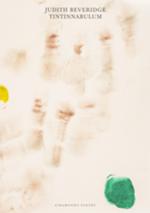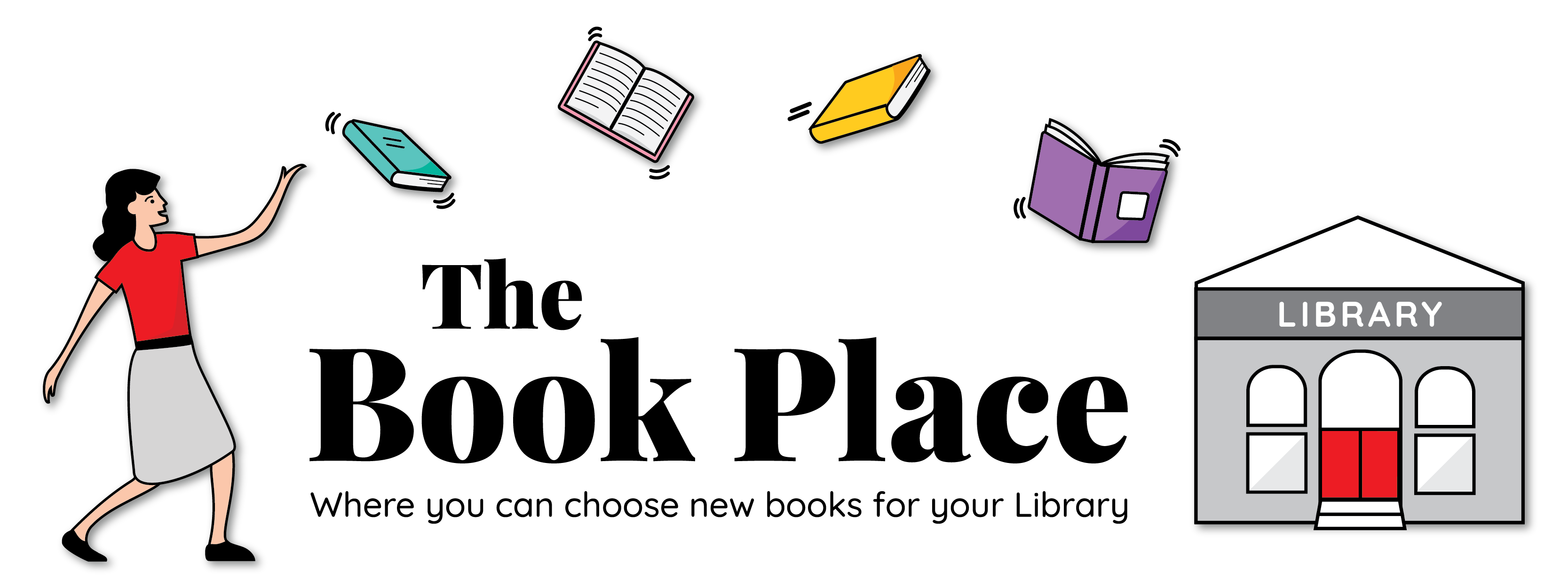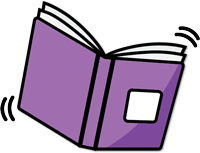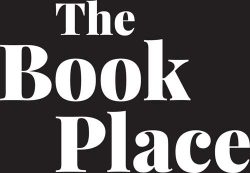The poems in Tintinnabulum focus on animals, people, and places, though you could say that the real subject matter is the power of poetry, since the book explores how metaphor, simile, imagery and sound can reveal connections that are imaginative, revelatory and sometimes threatening. Beveridge’s creative use of language is most evident in the section of the book titled ‘Bizarre Bazaar’ – where she plays on lines and titles by Wallace Stevens (a fitting companion), and offers linguistic elaborations on familiar objects, and strange beliefs and customs. Each detail leads to others through association, there is multiplicity everywhere, and movement and energy, and this is as true of the poems which capture the particular features of animals, the transient effects of landscape, or the memories of people and places, as it is of the language-oriented poems. There is a range of styles, lyrical, dramatic and narrative, which build on the achievements of poems in Beveridge’s previous collections. There is also an emotional range to the poems: some poems are joyous, celebratory, ecstatic – others humorous, elegiac, nostalgic – but the overall feeling is of the joy and richness of language.

Tintinnabulum
ISBN: 9781923106055
Format: Paperback
Publisher: Giramondo Publishing (ADS)
Origin: AU
Release Date: July, 2024


